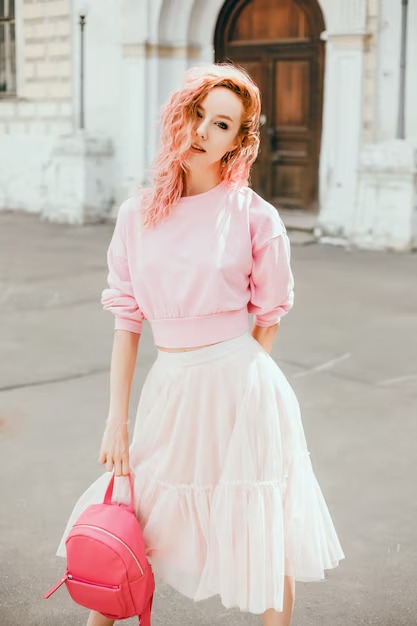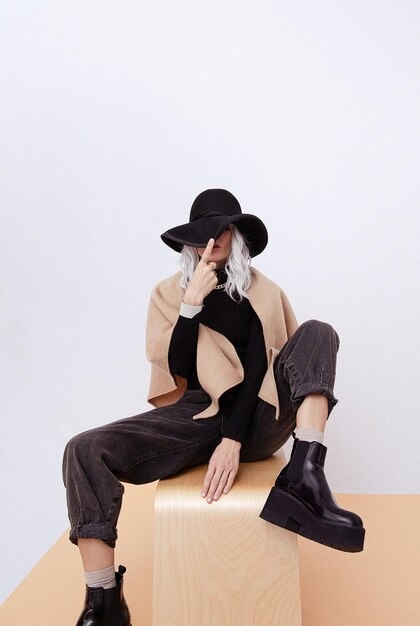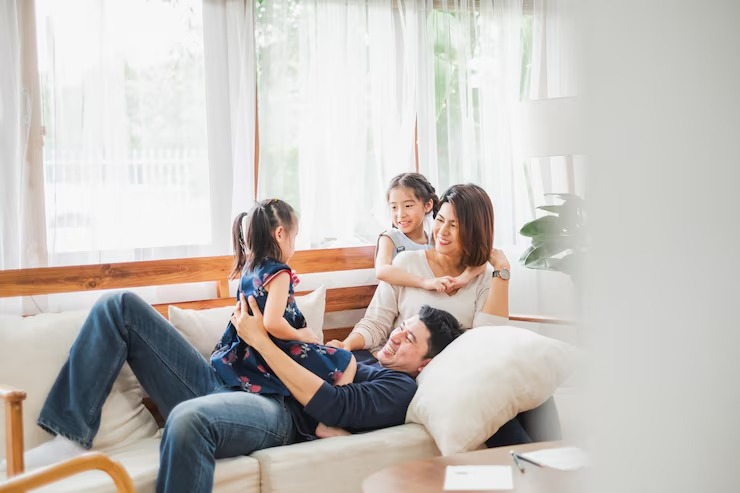The Psychology Behind Fashion Choices
Fashion is more than just fabric and thread—it’s a language. What we wear communicates who we are, how we feel, and even what we aspire to be. The psychology behind fashion choices reveals deep connections between clothing and identity, emotion, and social perception. Understanding these dynamics can help anyone make more intentional wardrobe decisions, whether for personal satisfaction or professional advantage.
Clothing as Self-Expression
From bold patterns to minimalist designs, fashion serves as a canvas for self-expression. Studies show that people often select clothing that aligns with their self-concept. For example, someone who identifies as creative might gravitate toward unconventional silhouettes or vibrant colors, while a person who values tradition may prefer classic, timeless pieces.
Consider the rise of “athleisure” wear. Beyond comfort, this trend reflects a cultural shift toward valuing health and flexibility. Wearing yoga pants or sneakers isn’t just about practicality—it signals a lifestyle choice. Similarly, corporate professionals often opt for tailored suits to project authority and competence, reinforcing their role in the workplace.
The Emotional Influence of Color
Color psychology plays a pivotal role in fashion. Different hues evoke distinct emotions and can even alter behavior. For instance:
- Red: Often associated with confidence and energy, red can make the wearer feel empowered. A study found that athletes wearing red uniforms were perceived as more dominant.
- Blue: Linked to calmness and trust, blue is a go-to for job interviews or first dates where making a dependable impression matters.
- Black: Symbolizing sophistication and mystery, black is a staple for those aiming to convey elegance or authority.
Seasonal trends also tap into color psychology. Spring collections frequently feature pastels, which evoke renewal and optimism, while winter palettes lean toward deeper tones that resonate with warmth and introspection.
Social Signaling and First Impressions
Clothing acts as a social signal, shaping how others perceive us within seconds. Research confirms that people form lasting judgments based on attire alone. A well-fitted blazer can suggest professionalism, while ripped jeans might communicate a rebellious streak.
This phenomenon extends to cultural contexts. In Japan, for example, subdued colors and modest cuts reflect societal values of harmony and restraint. In contrast, streetwear in urban centers like New York or London often embraces bold logos and statement pieces, mirroring a culture of individuality and edge.
Dressing for Success
The concept of “enclothed cognition” suggests that clothing affects the wearer’s mindset. Wearing formal attire, even at home, can enhance abstract thinking and focus. Conversely, casual wear may promote relaxation and creativity. This principle is invaluable for remote workers or students who want to mentally shift into “work mode” by dressing the part.
Fashion as Armor
For many, clothing serves as psychological armor. A favorite outfit can boost confidence before a high-stakes meeting, while a cozy sweater might provide comfort during stressful times. This is why “power dressing” remains relevant—structured blazers or sharp accessories can create a sense of control in uncertain situations.
Celebrities often leverage this tactic. Lady Gaga’s avant-garde ensembles, for instance, aren’t just artistic statements; they’re a shield against scrutiny, allowing her to dictate the narrative around her image.
Practical Tips for Mindful Dressing
To harness the psychology of fashion, consider these actionable strategies:
- Align clothing with goals: Dress for the role or mood you want to embody. Need confidence? Opt for bold colors or structured pieces.
- Curate a versatile wardrobe: Keep items that serve multiple emotional and social purposes, like a blazer that transitions from office to evening.
- Pay attention to fit: Ill-fitting clothes can undermine self-assurance. Tailoring key pieces ensures they flatter and empower.
- Experiment intentionally: Step outside your comfort zone occasionally. Trying new styles can unlock unexpected facets of your personality.
Fashion is a dialogue between the internal and external self. By understanding the psychological underpinnings of our choices, we can dress with greater purpose—turning everyday outfits into tools for self-discovery and influence.



